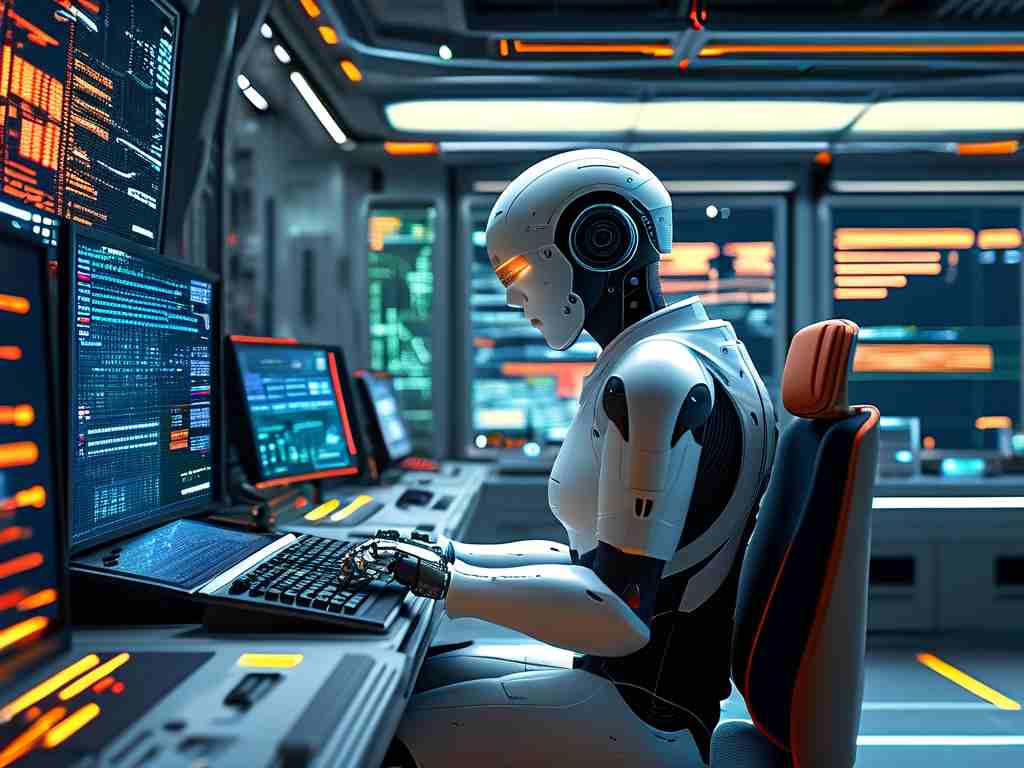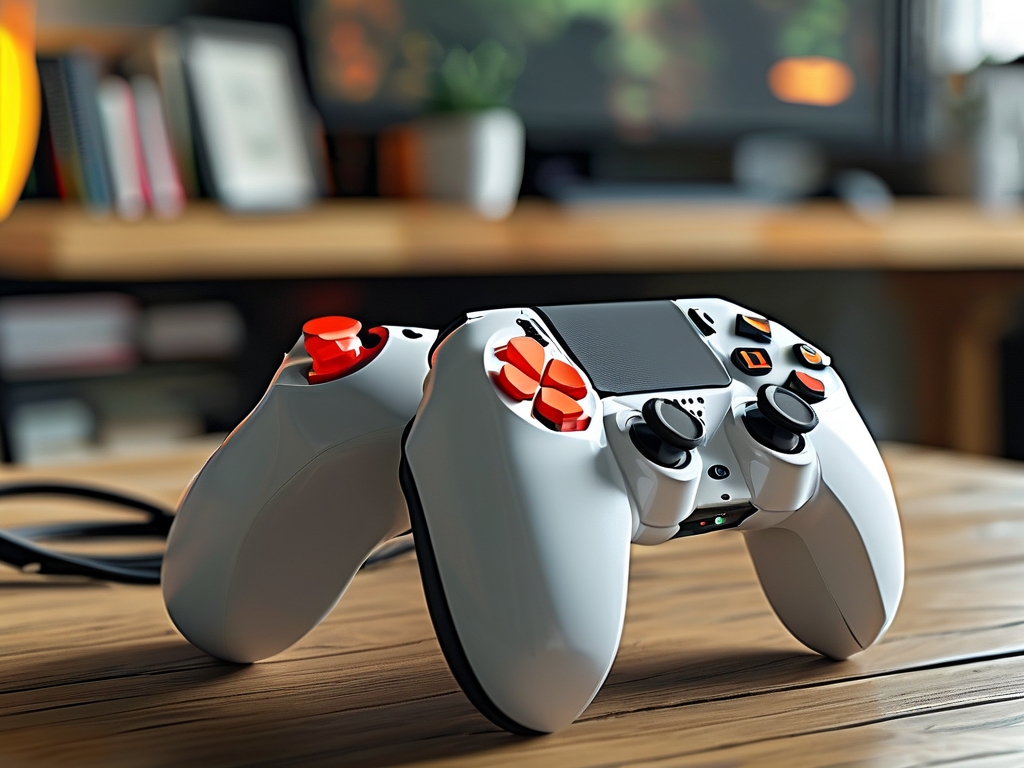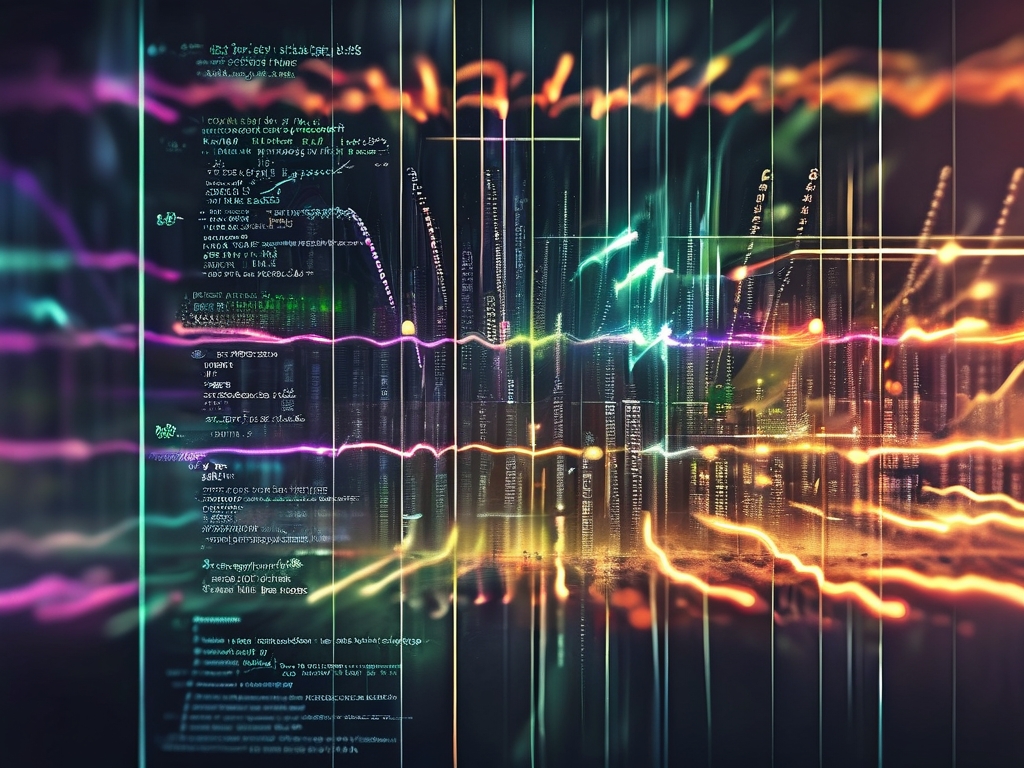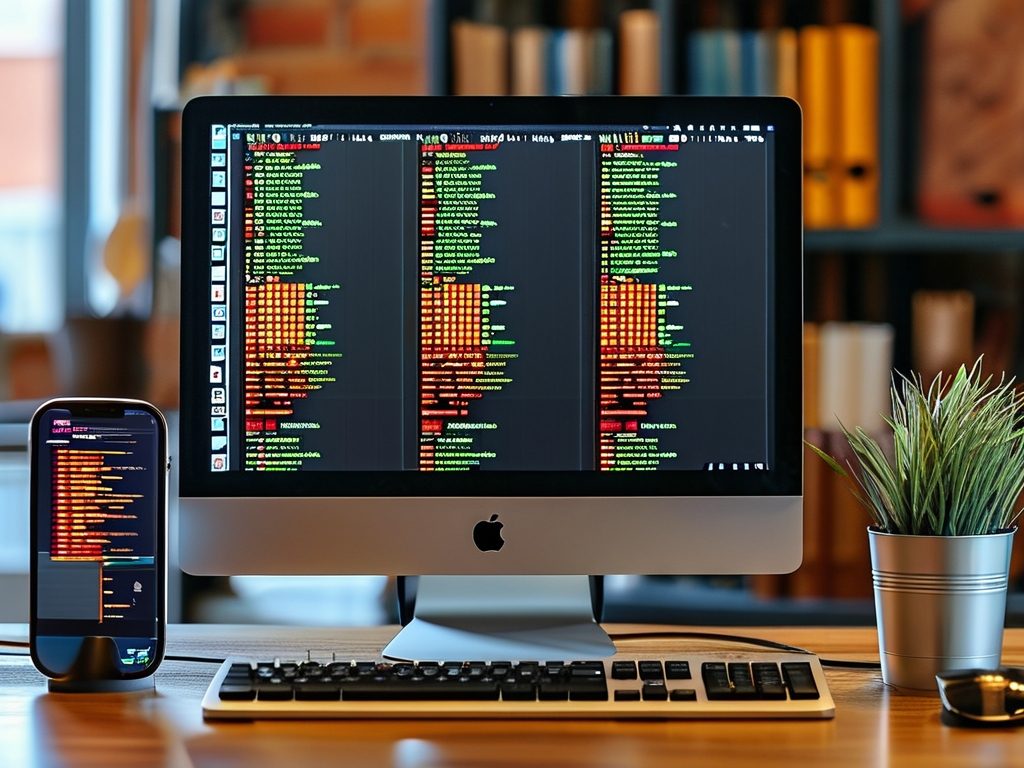The inverted pendulum system has long served as a benchmark for testing control algorithms due to its inherent instability and nonlinear dynamics. This classic engineering challenge, often visualized as a pole balancing on a moving cart, requires precise mathematical modeling and robust control strategies. Let's explore four widely implemented control methodologies that have shaped modern approaches to stabilizing such systems.
PID Control: The Workhorse of Industrial Applications
Proportional-Integral-Derivative (PID) controllers remain popular for their simplicity and adaptability. By continuously calculating error values through three distinct components – proportional (present error), integral (past errors), and derivative (future error prediction) – PID controllers generate corrective outputs. For inverted pendulum systems, tuning the Kp, Ki, and Kd parameters requires careful experimentation. A typical implementation might involve:

# Simplified PID pseudocode error = current_angle - desired_angle P = Kp * error I += Ki * error * dt D = Kd * (error - prev_error) / dt output = P + I + D prev_error = error
While effective for small disturbances, traditional PID controllers struggle with significant perturbations due to fixed gain limitations.
Linear Quadratic Regulator (LQR): Optimal State Control
LQR employs state-space representation and optimization techniques to minimize a quadratic cost function. By solving the Riccati equation, this method determines optimal feedback gains that balance system performance and control effort. For a pendulum system with states [position, velocity, angle, angular velocity], the controller calculates:
u = -Kx
Where K represents the optimal gain matrix and x the state vector. LQR's strength lies in handling multiple input/output variables simultaneously, making it suitable for complex configurations like double inverted pendulums. However, its reliance on linearized models limits performance in highly nonlinear operating regions.
Fuzzy Logic Control: Embracing Uncertainty
Fuzzy controllers mimic human decision-making through linguistic variables and rule bases. By defining membership functions for inputs like "angle deviation" and "angular velocity," the system evaluates multiple rules simultaneously. For instance:
- IF angle is POSITIVE_SMALL AND velocity is NEGATIVE_MEDIUM THEN force is MEDIUM_LEFT
- IF angle is NEGATIVE_LARGE THEN force is LARGE_RIGHT
This approach excels in handling imprecise sensor data and nonlinear behaviors without requiring precise mathematical models. Automotive applications particularly benefit from fuzzy logic's tolerance to real-world uncertainties.
Neural Network Control: Learning Through Experience
Modern implementations increasingly employ artificial neural networks (ANNs) that learn system dynamics through training data. A typical network might use angle, position, and their derivatives as inputs, processing them through hidden layers to generate control signals. Reinforcement learning variants can adapt online, adjusting weights in real-time based on reward signals:
# Neural network update example
def update_weights(reward, predicted, actual):
error = reward * (predicted - actual)
network.backpropagate(error)
While powerful, neural controllers demand substantial computational resources and careful training to prevent overfitting. Hybrid approaches combining ANNs with traditional controllers show particular promise for real-time applications.
Implementation Considerations
When selecting a control strategy, engineers must evaluate multiple factors:

- System nonlinearity thresholds
- Computational resource availability
- Required response time (typically <10ms for real-time control)
- Sensor accuracy and sampling rates
Emerging trends integrate multiple approaches, such as PID-LQR hybrids for improved robustness or fuzzy-neural networks that combine learning capabilities with linguistic rule interpretation. Field tests demonstrate that properly tuned hybrid controllers can maintain stability even under 30% payload variations and 15° initial angular displacements.
As mobile robotics and autonomous systems advance, the lessons learned from inverted pendulum control continue informing developments in humanoid robot balance, rocket attitude control, and smart transportation systems. The evolution of these algorithms underscores a fundamental engineering truth – sometimes keeping things upright requires deliberately embracing controlled instability.







